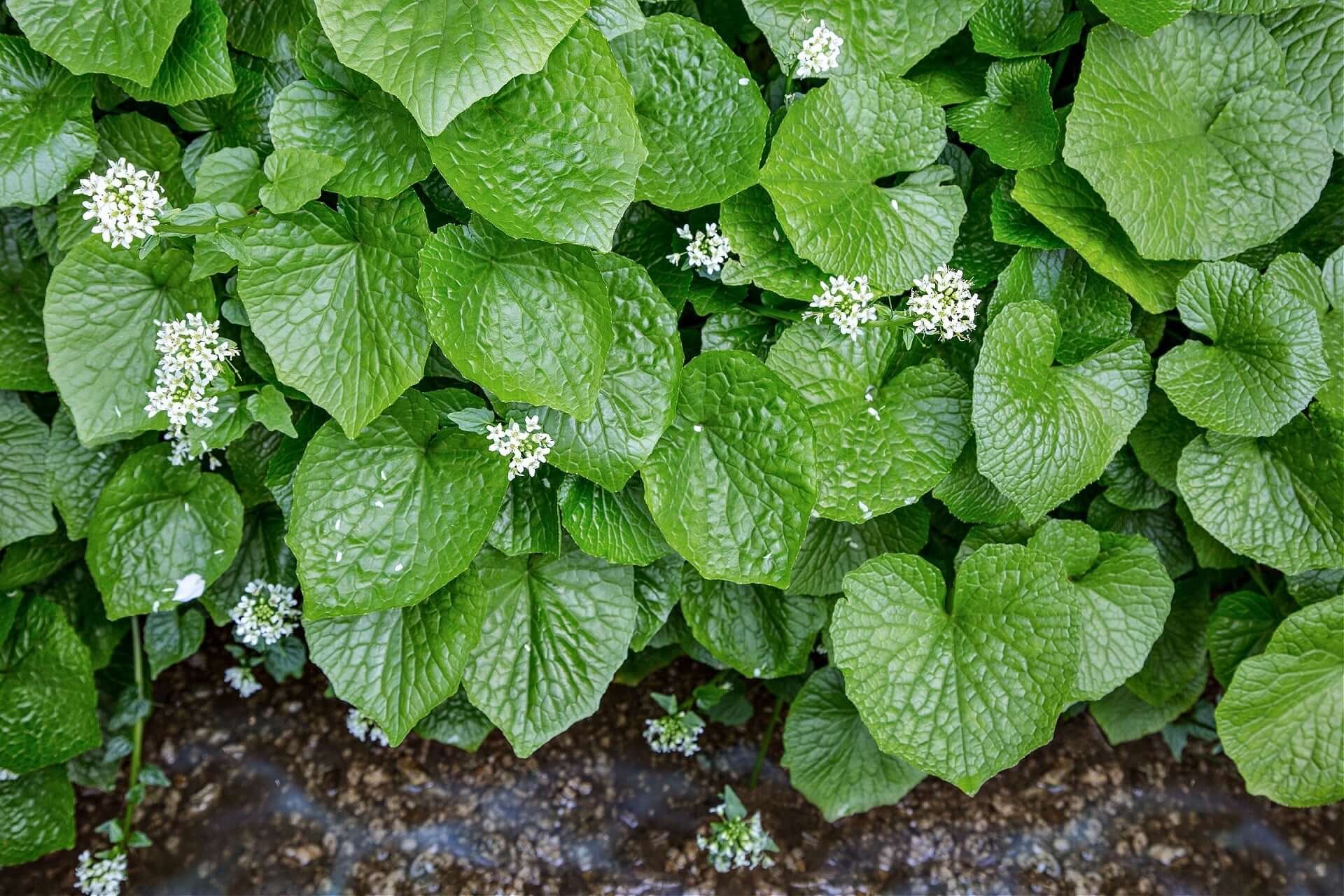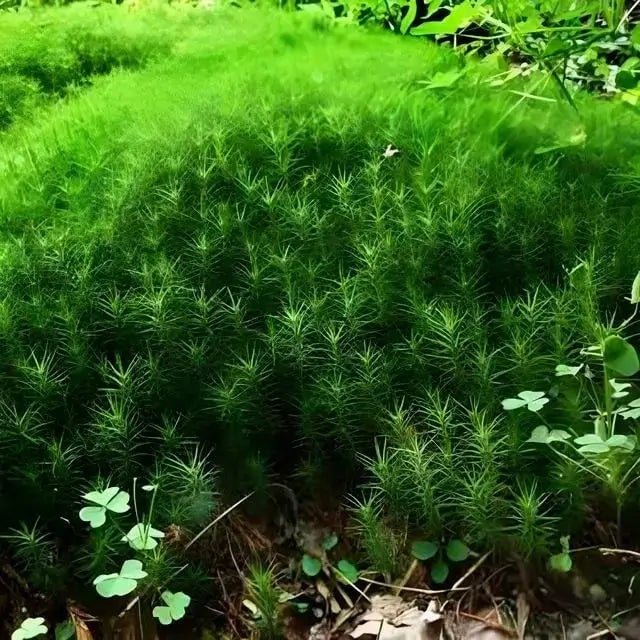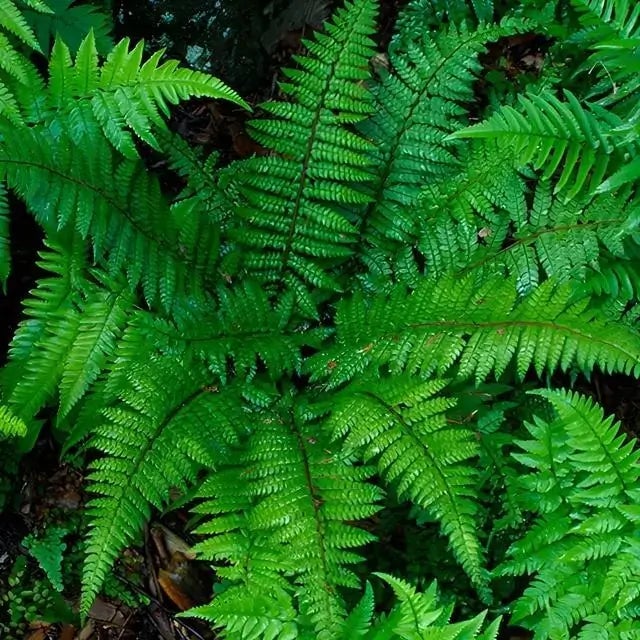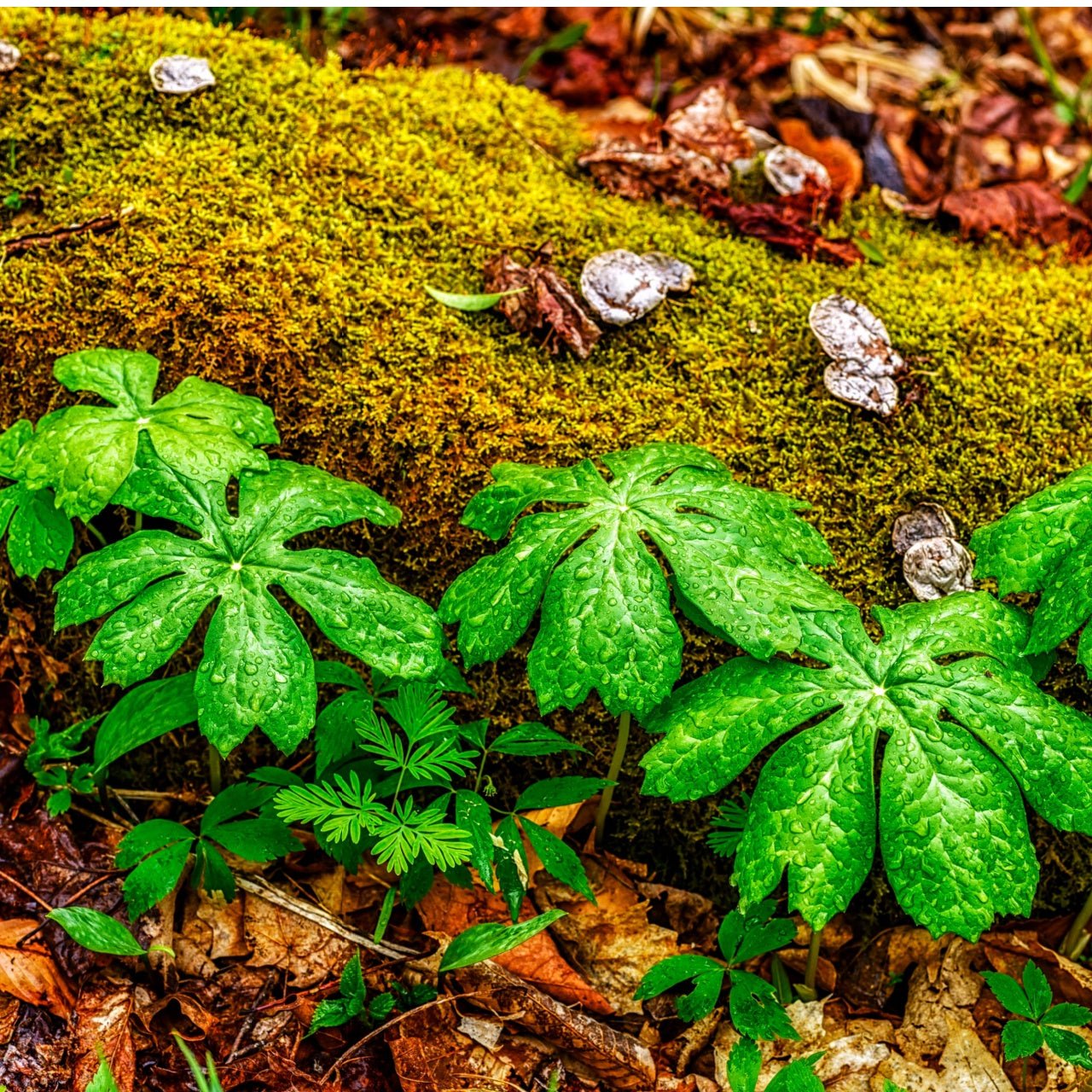Understanding the Wasabi Plant and Its Unique Growing Needs
The plant Wasabi (Eutrema japonicum) belongs to the Brassicaceae family, and its spicy rhizome has become highly valued in Japanese culinary traditions. Real wasabi offers a sophisticated heat that develops over time before quickly fading away, unlike restaurant imitations, which rely on horseradish and mustard to mimic its flavor. The wasabi plant presents significant cultivation challenges because it needs cool shade and constant moisture to thrive. The plant blooms best in mountain stream beds that have flowing water yet present substantial difficulties for commercial farming.
To successfully grow wasabi plants, the environment must maintain temperatures from 46°F to 70°F while maintaining high humidity levels. Wasabi cannot survive extreme heat or direct sunlight, unlike other plants that handle environmental changes well because these conditions cause them to wilt quickly. Successful cultivation of wasabi requires precise management of climate and soil conditions along with careful water control, which demands patience and precision.
Wasabi develops organically along Japan’s riverbanks where ferns such as the ostrich fern (Matteuccia struthiopteris) grow because both thrive in moist, shaded areas. Sheet moss (Hypnum imponens) and cushion moss (Leucobryum glaucum) flourish around wasabi beds because of their damp environments while helping maintain moisture levels and control humidity. To grow wasabi away from its natural habitat, gardeners integrate surrounding plants to form a suitable microclimate.
The Importance of Water and Soil in Wasabi Cultivation
Maintaining adequate water supply represents the key component for successful wasabi cultivation. While ordinary root crops can grow in various soil conditions and drainage environments, wasabi needs soil that remains wet yet drains well and contains abundant organic matter. Traditional Japanese wasabi farms grow the plant through sawa cultivation, which involves planting it in cold, shallow water with continuous flow to replicate its natural habitat conditions. The specialized farming techniques required for wasabi cultivation present challenges for replication outside of expert farms, which results in field-grown wasabi or oka wasabi becoming a more practical yet less tasty option.
Home gardeners growing wasabi must maintain soil that remains moist without becoming oversaturated. Combining loamy soil with compost and acceptable gravel results in the perfect growing substrate. By planting native moisture-loving species like skunk cabbage (Symplocarpus foetidus), which grows well in wetlands, or swamp azalea (Rhododendron viscosum), gardeners can create favorable conditions for wasabi growth.
Applying moss as mulch, specifically sphagnum moss (Sphagnum spp.), helps maintain soil moisture and prevents it from drying quickly. Sphagnum moss (Sphagnum spp.) provides effective moisture retention, which prevents soil from becoming too dry. Using shade-tolerant native ferns like Christmas fern (Polystichum acrostichoides) establishes a canopy that protects wasabi from strong sunlight while keeping the plant's surrounding temperatures cool.
All agricultural interventions notwithstanding, wasabi continues to grow slowly. The rhizomes of wasabi take 18 to 24 months to mature before harvest is possible. Keeping water levels steady while preventing root rot is essential throughout this period. Growers typically use drip irrigation systems or grow wasabi in containers with controlled drainage systems to replicate their natural wetland environment.
Wasabi and Its Relationship with Native Flora
Despite not originating from North America, wasabi plants can thrive in conditions that mimic temperate rainforests because these areas support many moisture-loving plants. Native plants with similar ecological traits to wasabi serve as companion plants to boost humidity levels and shield the plant from harsh environmental conditions.
The mayapple (Podophyllum peltatum), a woodland plant with broad leaves, absorbs moisture from the soil and blocks sunlight to minimize evaporation. Golden saxifrage (Chrysosplenium americanum) is a creeping ground cover that excels in moist soil conditions while reducing water loss. Together with native mosses, these plants help establish an ideal environment for growing wasabi by maintaining stable conditions.
Eastern hemlock trees (Tsuga canadensis) that grow naturally in cool, shaded forests can create shade canopies over wasabi beds. The dense foliage stabilizes temperature variations while protecting sensitive plants from too much sunlight.
The presence of native plants and mosses in a garden promotes biodiversity, attracts beneficial insects and pollinators, and helps prevent soil erosion. Planting wasabi with native flora helps create a balanced ecosystem instead of a solitary crop that battles environmental challenges.
Effective wasabi integration into a garden landscape demands deliberate preparation, yet success can be achieved by mastering its hydration and shading needs while utilizing compatible native species. The cultivation of wasabi either for culinary use or as an ornamental plant presents a unique challenge committed gardeners can meet by successfully recreating its natural living conditions.
Read more
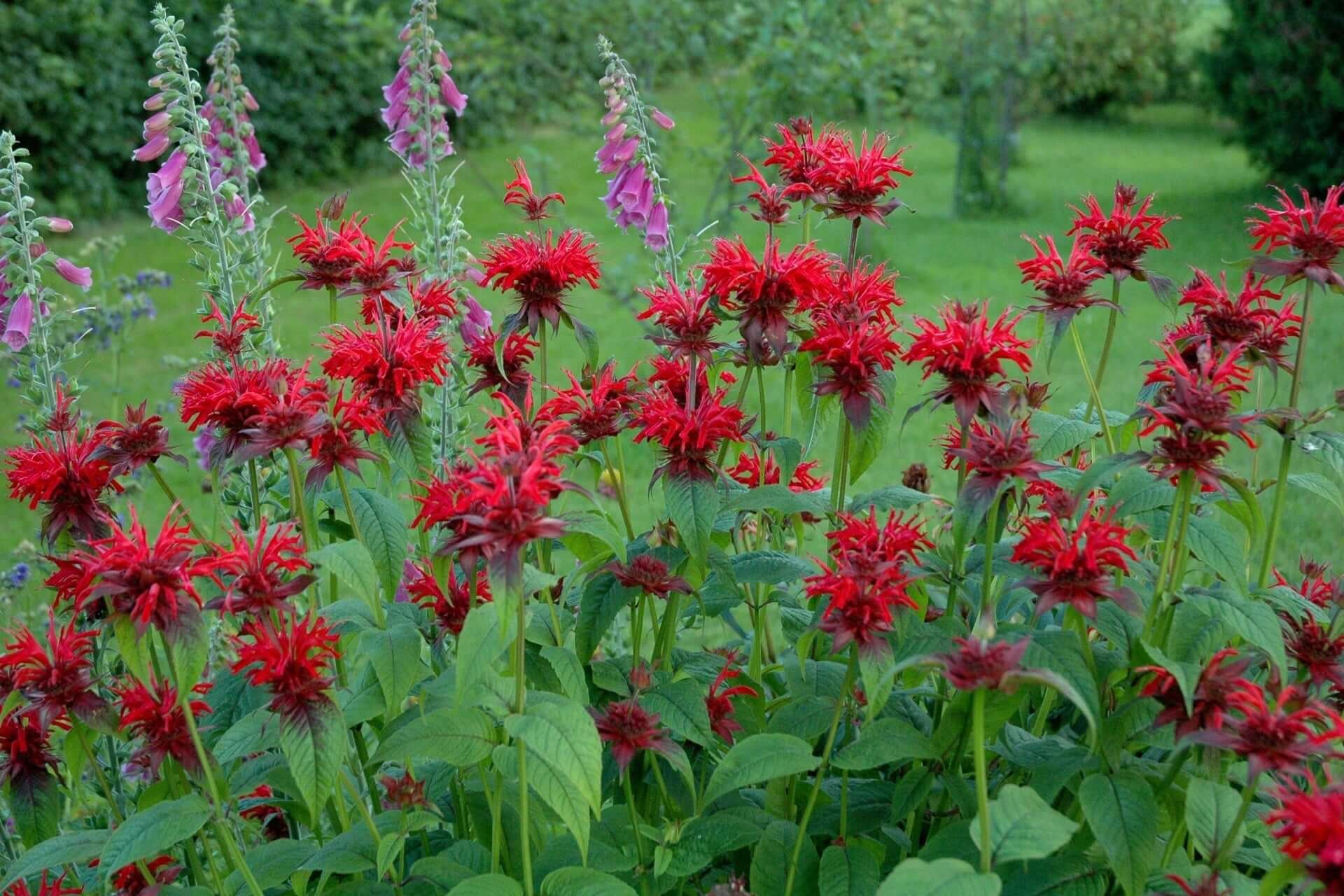
Bee balm shows culinary diversity by incorporating fresh salads, homemade teas, and honey infusions. This citrusy herb with minty undertones enhances herbal blends because it pairs well with other ...
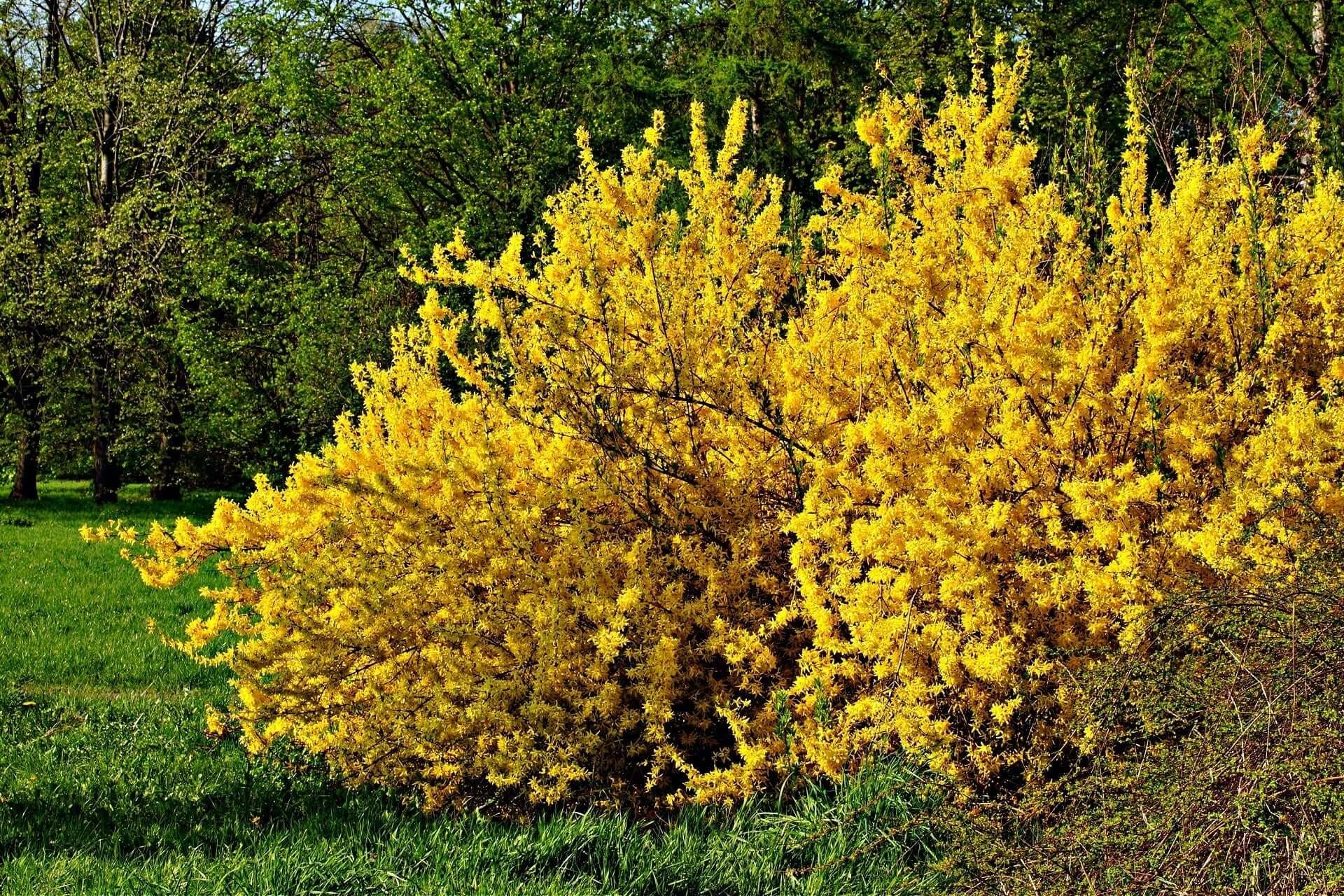
Forsythia's bright yellow blossoms mark springtime's start, and its hardy nature guarantees it will enhance any garden space.


